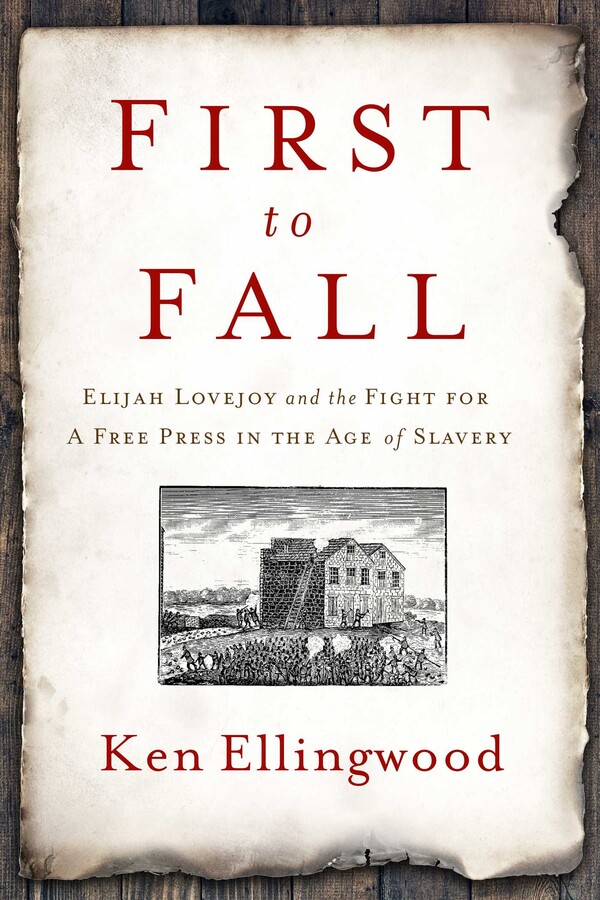Despite the noble-sounding talk about the ideals of democracy, American newspapering by 1830 also was a rough-edged trade, often practiced by not-very-educated men and frequently in the service of narrow political ends. Scholars politely refer to the phase of American journalism as the era of the “party press,” when most newspapers had a strongly partisan bent or were sponsored financially by one political party or the other and treated as its mouthpiece. Newspaper editors also worked as commercial printers—among the potential spoils of a party’s electoral victory were its governmental printing contracts.
The parties of the post-independence era had by the 1820s broken apart and morphed into two new groupings, the Democrats of Andrew Jackson and the National Republicans, later known as Whigs, who were affiliated most prominently with Lovejoy’s man, Henry Clay. Both parties employed networks of newspapers and editors as part of their nationwide machinery. (Jackson-aligned papers played a big role in getting him elected president in 1828, and two of the editors involved—Amos Kendall and Duff Green—would join the Jackson administration as advisers in his “kitchen cabinet.” Jackson, a keen practitioner of patronage, later named Kendall to the powerful position of postmaster general.)
Hamilton, the Scottish writer, was unimpressed with the practitioners of this style of partisan journalism. “The conductors of these journals are generally shrewd but uneducated men, extravagant in praise or censure, clear in their judgment of everything connected with their own interests, and exceedingly indifferent to all matters which have no discernible relation to their own pockets or privileges,” he sniffed. Tocqueville was even more blunt: “The journalists of the United States are usually placed in a very humble position, with a scanty education and a vulgar turn of mind.”
An opinion-oriented press required editors with, well, opinions—not to mention the writing chops that would be sufficient to engage in what Tocqueville said was their core job: “an open and coarse appeal to the passions of the populace.” In real life, this translated into a form of journalism that was often harsh, disparaging, and startlingly personal. Editors of the era debated each other—and the politicians they backed—through the pages of their papers, hurling insults and threats from one week’s edition to the next, often laced with healthy dollops of outright falsehood. Amid such intense partisanship, big-city editors faced off against each other in fistfights in the 1830s. James Watson Webb of the New York Courier and Enquirer fought two rival editors and attacked a third—three times—on the streets of New York. In the country’s opening decades, several disputes arising from the news pages ended up in duels. Journalism could be a sharp-elbowed affair that often seemed more combat than craft.
